Aisha Butler, Michael Lansu, Tracy Swartz, Lolly Bowean, Alex Kotlowitz and Darryl Holliday took on questions of truth and trust in the 21st century. These local Chicago journalists from mainstream media, as well as from online and citizen journalism sites, provided a lively discussion on Journalism’s Role in Telling the Story of Violence in Chicago. Moderators Kelly McBride of Poynter.org and CBS anchor Jim Williams, a Columbia College Chicago alum, provide a look at the issues from an outsider’s and the local perspective on the topic.
McBride set the stage with a video that called out some “peculiar patterns” in the coverage of violence in Chicago by local media and reviewed how technology and the economy have shifted journalism from a profession for the few and opened it up to the many.[pullquote] The panelists from left to right: Aisha Butler R.A.G.E., Michael Lansu Homicide Watch, Tracy Swartz RedEye, Lolly Bowean Chicago Tribune, Alex Kotlowitz Author and Darryl Holliday Illuspress.org and DNAInfo [/pullquote]

News media in the pre-citizen journalism and blogging era did not include “urban crime” stories that reported on violence in city neighborhoods. Analyzing the rationales for the blackout on coverage of Chicago urban crime could supply thesis topics for sociologists, historians and public policy students for many years because of the results from politics, the economy, race and class. That blackout has ended in Chicago and increasingly across the U.S.
Competition from bloggers and citizen journalists who began chronicling neighborhood life from the perspective of residents when it became economical for all of us to own a printing press, or at least a laptop, pressures mainstream media to cover urban crime.
Jim Williams said stations are “driven” by social media to report on violence in neighborhoods.
In contrasting the coverage of shootings in black communities and coverage of the JRW Little League winning team, Williams referred to the good news coverage as a welcome break from coverage that is “demonizing black men.”

Darryl Holliday, who covers Avondale, Hermosa, Humboldt Park, Logan Square and West Humboldt Park for DNAInfo.com, emphasized that covering a beat deepens stories and leads to more balanced coverage than can be managed by a general assignment reporter. When you cover violent crime as a general reporter, Holliday said, you cover the tragedy and the violence as an outsider. A beat reporter can contextualize a story of crime from the perspective of residents. While coverage of incidents from the point of view of an outsider skews the perception of a neighborhood, beat reporters provide a balanced story of bad news and good news.
Alex Kotlowitz is a master storyteller who said he doesn’t cover crime. He said he wants to draw readers into the complex causes of crime and to make sense of communities that are suffering. Chicago’s “Transformation Plan” cleared out neighborhoods and hundreds of residents. Affordable housing has neither materialized for the people from the diaspora of former Chicago housing projects, nor nuanced analysis of its effect on communities, families or individuals.
Scorecard coverage needs to be balanced with respect for victims, according to Lolly Bowean of the Tribune. Although Bowean claimed that the Tribune “is holding public officials accountable, ” a keyword search of the Chicago Tribune for “Chicago police department” only mentioned public officials in just 2 percent of recent news. The rest provide who, what and when coverage.
RedEye focuses on 18-34 year-olds, and frames stories for their readers by adding some context to crime reports, according to Tracy Swartz. They go beyond reporting the address of a crime, and provide some context on the community area, such as population, boundaries and where an area sits within Chicago.
Homicide Watch Chicago’s Michael Lansu described efforts to follow these stories from start to finish. The site is hampered by how few cases are solved – less than 25 percent – and by the generic “he’s a known gang-member” does not answer questions about the perpetrators of the crimes given by Chicago police. Instead this effort is focused on helping the individuals and families who’ve experienced a homicide or have documentation of the problem, but offers little in the way of analysis of the “Why?” question surrounding Chicago’s peculiar patterns of urban crime.

Aisha Butler’s call for “another truth,” written and told by the residents of Englewood themselves, motivated her to work with others to start Greater Englewood R.A.G.E — Resident Association. Butler said R.A.G.E. calls out reporters if they ignore stories, but is frustrated that there are consistently more stories that focus on the negative.
Rondayle Sanders and his classmates from Bradwell School were at the session with their teacher, Linsey Rose, reiterating that their neighborhood is not all violence and crime. Rondayle talked about kids helping senior citizens, and a school where kids like to learn.
The session was aimed at the media and reporters, so the discussion session featured questions and commentary from some of Chicago’s most thoughtful reporters. WBEZ’s education reporter, Linda Lutton, whose work with three reporters over five months produced a two hour story on Harper High School for This American Life, talked about how tallies of incidents by police differ from those reporters keep. She said there is a need for better independent monitoring of the police.
NPR’s David Schaper recounted his experience from Oh My Jesus!’: Shots Fired During NPR Interview In Chicago with Aisha Butler. That story highlights how Chicago police failed to engage and talk to witnesses and people at the scene of a crime who might have information such as the make of a car or license number. While eyewitness accounts can be problematic, in North Shore neighborhoods, when there is a crime, police investigations include interviews with witnesses at the scene, or residents who live near a crime scene. Schaper, fresh from Ferguson, described how reporters were harassed without cause by police in Missouri.
As a former CPS teacher, midlife journalist, Chicago resident and former officer of a neighborhood community improvement association I can appreciate the exquisite care and quality of Kotlowitz’s authentic life accounts of individuals who come from neighborhoods where economic and social pressures, gangs, poverty and failure of the justice system make it hard to survive and thrive. Homicide Watch lets those whose lives have been scarred by violence start to heal, but has yet to include analysis of its data that residents might use to approach the Chicago Police Board – the citizen oversight agency for the Chicago police. And since this is Chicago, where the independence of an independent agency can be questioned, what about reporting on who serves on the Chicago Police Board, and how they got appointed?
[pullquote]
Kelly McBride from Poynter and CBS anchor Jim Williams, a Columbia College Chicago alum moderated “Journalism’s role in telling the story of violence in Chicago,” part of the Truth & Trust in the 21st Century series and the panel of Chicago journalists on September 4 to an audience of journalists and journalism professors. Mark Glaser of MediaShift kept the “cats herded.”
The Truth & Trust event was sponsored by Robert R. McCormick Foundation, Medill School of Journalism, Gannett Foundation, Mediashift and hosted by Poynter.org.
[/pullquote]
Why not provide an infographic that relates crimes of violence to the ward, alderman and state representatives? In response, Schwartz said readers don’t know their ward, so the Red-Eye reports from a community area perspective, rather than linking crime in any way to elected officials, which made sense from the point of view of users and clicks. It does not stand up to standards of truth and trust, however.
The Principles of Journalism from Pew Research, includes this description of what journalism is for. It said, “Keeping news in proportion and not leaving important things out are also cornerstones of truthfulness. Journalism is a form of cartography: it creates a map for citizens to navigate society.”
If that map leaves out the path from one’s front door to the election booth, and doesn’t reveal that there are civic paths that lead a hapless victim of events to become an informed citizen, decide to take action and be a part of the electorate. It could be a good story, but it isn’t journalism.


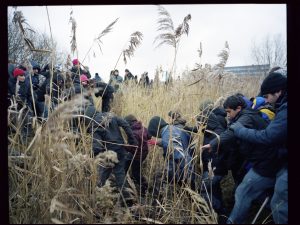


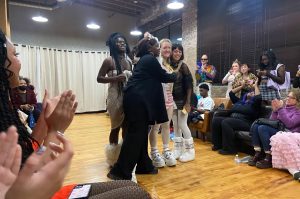
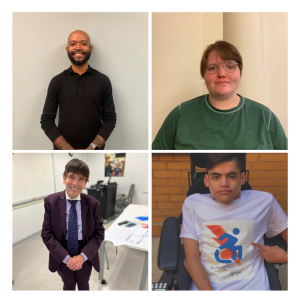
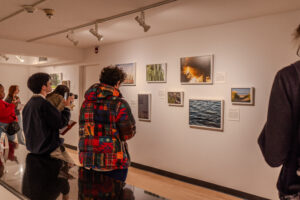
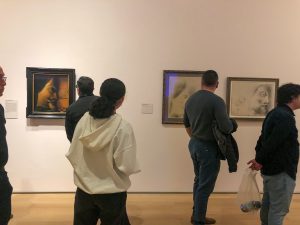
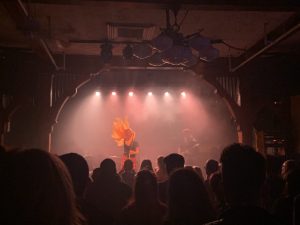
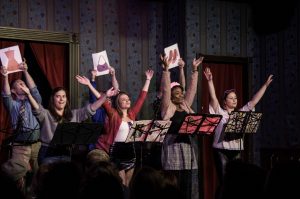

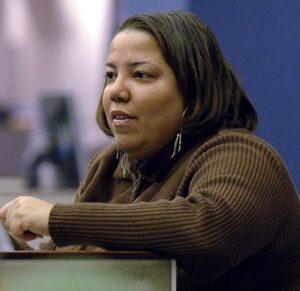


Be First to Comment